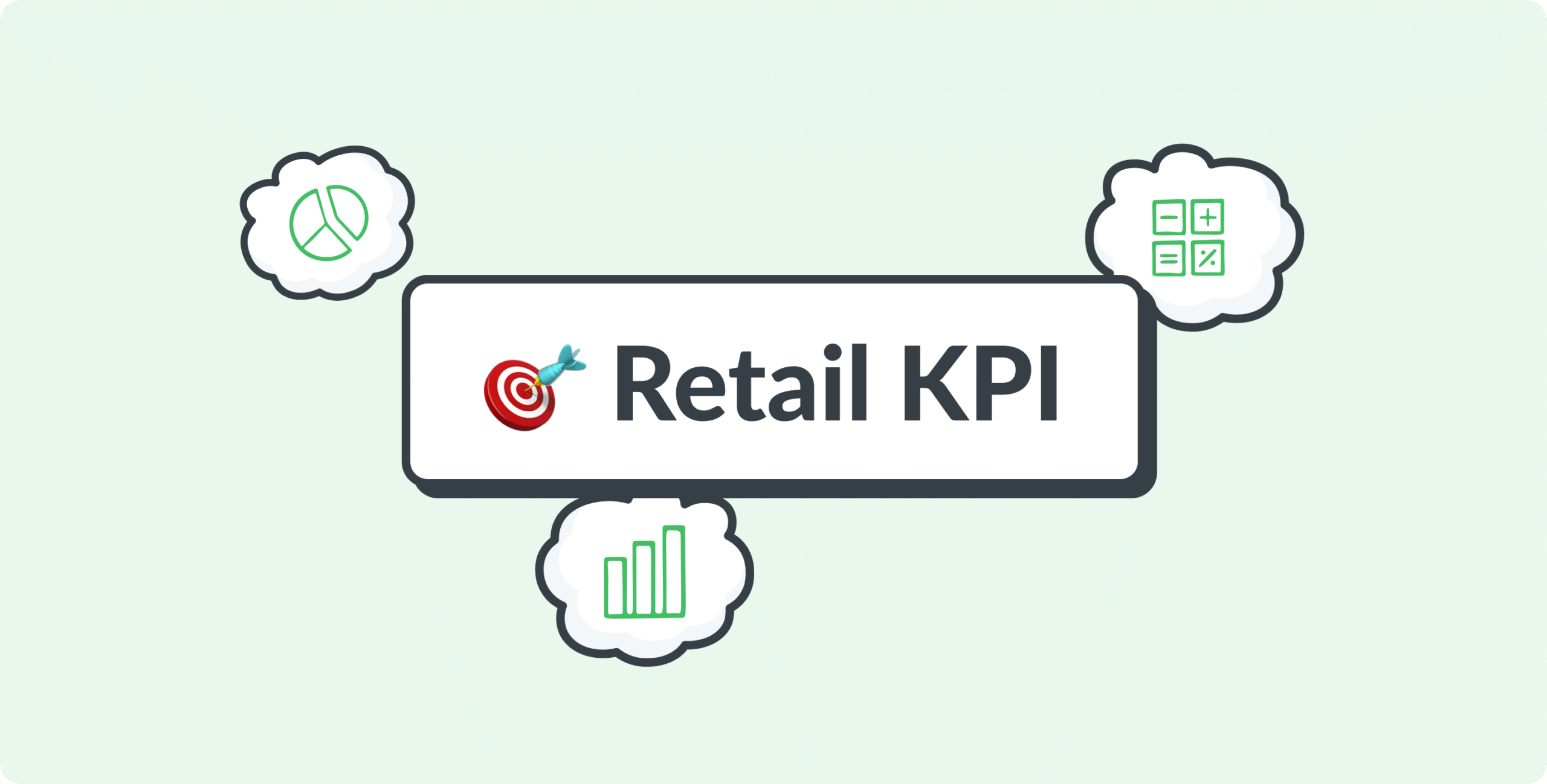Retail Execution Metrics That Actually Matter in 2025
In today’s hyper-competitive consumer goods landscape, retail execution is no longer just a frontline concern—it’s a boardroom priority. Brands that master in-store execution outperform rivals not only in visibility and availability but also in speed-to-shelf, promo compliance, and market responsiveness. But how do you measure success on the shelf?
This article breaks down the most critical retail execution metrics in 2025—what they mean, why they matter, and how leading FMCG brands are tracking them to outpace the competition.
Why Old-School Metrics Are Failing You
Legacy retail execution reporting often focused on broad KPIs like:
- Number of store visits
- Sales per route
- Promotional material placement
While these were useful decades ago, they no longer capture the complexity of today’s omnichannel, real-time retail environment. A brand may be stocked but not visible, or available but not compliant with planogram rules.
Curious about how these KPIs tie into a complete retail execution strategy? Explore this in-depth guide to retail execution for FMCG brands.
As execution grows more data-driven and AI-assisted, the real winners are those who track granular, store-level metrics aligned with brand objectives, market realities, and supply chain agility.
The 8 Retail Execution Metrics That Matter Most in 2025
Here are the execution KPIs that forward-thinking FMCG companies are focusing on:
1. On-Shelf Availability (OSA)
“Is the product available to shoppers when they need it?”
- Why it matters: OSA directly correlates with lost sales and brand perception. If you’re stocked in the backroom but not on the shelf, you’re invisible.
- Benchmark: Targeting 95%+ OSA across key SKUs.
How to track it:
- Real-time field data capture
- Image recognition AI via mobile apps
- Integration with POS and distributor inventory feeds
2. Share of Shelf (SoS)
“How much shelf space does your brand occupy compared to competitors?”
- Why it matters: SoS reflects your brand’s retail power. It directly impacts impulse purchases and brand recall.
- Benchmark: Varies by category; however, winning brands aim for category leadership at the point of sale.
Pro tip:
Combine SoS with planogram compliance to see if your negotiated space is being respected.
3. Planogram Compliance
“Are your products displayed exactly as per the agreed planogram?”
- Why it matters: Misplaced SKUs and incorrect facing disrupt the shopper journey, reduce shelf impact, and breach retailer agreements.
- Benchmark: 90%+ compliance across outlets.
Tools to use:
- AI-based shelf recognition
- Field agent audits synced with retail execution apps
4. Promotion Compliance & Execution
“Are your trade promotions executed on time and as agreed?”
- Why it matters: In-store promotions often represent the largest share of trade spend. Non-compliance = wasted budget.
- Benchmark: 100% compliance on critical campaigns; real-time issue flagging for resolution.
Recommended actions:
- Geo-tagged and time-stamped photo capture
- Digital checklists for retail reps
- Trade spend ROI analysis linked to compliance levels
5. Out-of-Stock (OOS) Rate
“How often are key SKUs missing from the shelf?”
- Why it matters: Just a 1% OOS can lead to a 4% drop in category sales. It’s the clearest signal of distribution and execution misalignment.
- Benchmark: Less than 3% across primary SKUs in core markets.
Modern approach:
- Predictive analytics to anticipate OOS risks
- Alerting systems for field reps and distributors
6. SKU Coverage and Depth
“Are all your relevant SKUs available in each outlet tier?”
- Why it matters: A brand’s depth impacts shopper satisfaction. Missing popular SKUs = missed revenue.
- Benchmark: 100% assortment availability in modern trade; 80–90% in general trade depending on shelf space.
Execution insight:
- Use outlet segmentation to prioritize SKU deployment
- Track not just presence, but actual shelf depth and facings
7. Visit Productivity / Coverage Efficiency
“Is your field force hitting the right stores with the right cadence?”
- Why it matters: A bloated field force or misaligned routes drain resources. You want precision, not volume.
- Benchmark: Optimal call frequency per outlet type (e.g., once a week for A+ stores, bi-weekly for B/C stores)
Metrics to track:
- Number of calls per rep per day
- First-time visit completion rate
- Percentage of productive visits (with tasks closed)
8. Retail Execution Score (Composite KPI)
“What’s your outlet-level performance based on weighted KPIs?”
- Why it matters: Individual metrics don’t tell the full story. A composite score helps benchmark performance across territories, reps, or stores.
- Benchmark: Scorecards above 85% generally indicate high performance.
Structure:
Combine OSA, planogram compliance, promo execution, and SoS into a weighted performance score customized to your brand priorities.
Next-Gen Tools Powering Execution Tracking
To keep up with these metrics, leading brands are adopting:
- Retail Execution Platforms like THEIA
- Image Recognition AI to verify shelf conditions
- Mobile apps for reps to capture real-time store data
- Integrated DMS + SFA systems for full secondary sales visibility
Aligning Metrics with Business Outcomes
A common mistake in retail execution is tracking metrics in isolation. Your KPIs should map directly to:
- Market share growth
- Shelf presence expansion
- Trade promotion ROI
- Retailer collaboration outcomes
Final Thoughts
As 2025 unfolds, it’s clear that FMCG brands can no longer rely on outdated retail tracking. Execution at the shelf is where strategies succeed or fail—and what gets measured gets improved.
By focusing on the metrics that truly reflect in-market performance, and adopting smart tech to gather and analyze them, your brand can move from firefighting to future-proofing.

